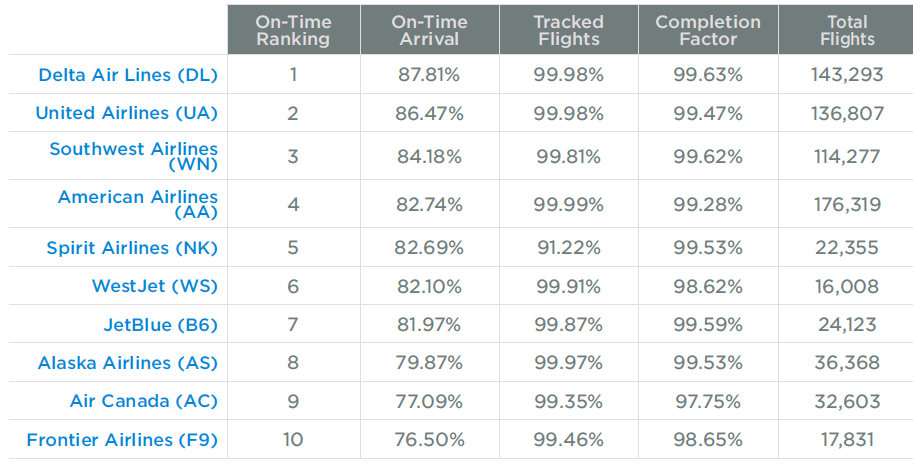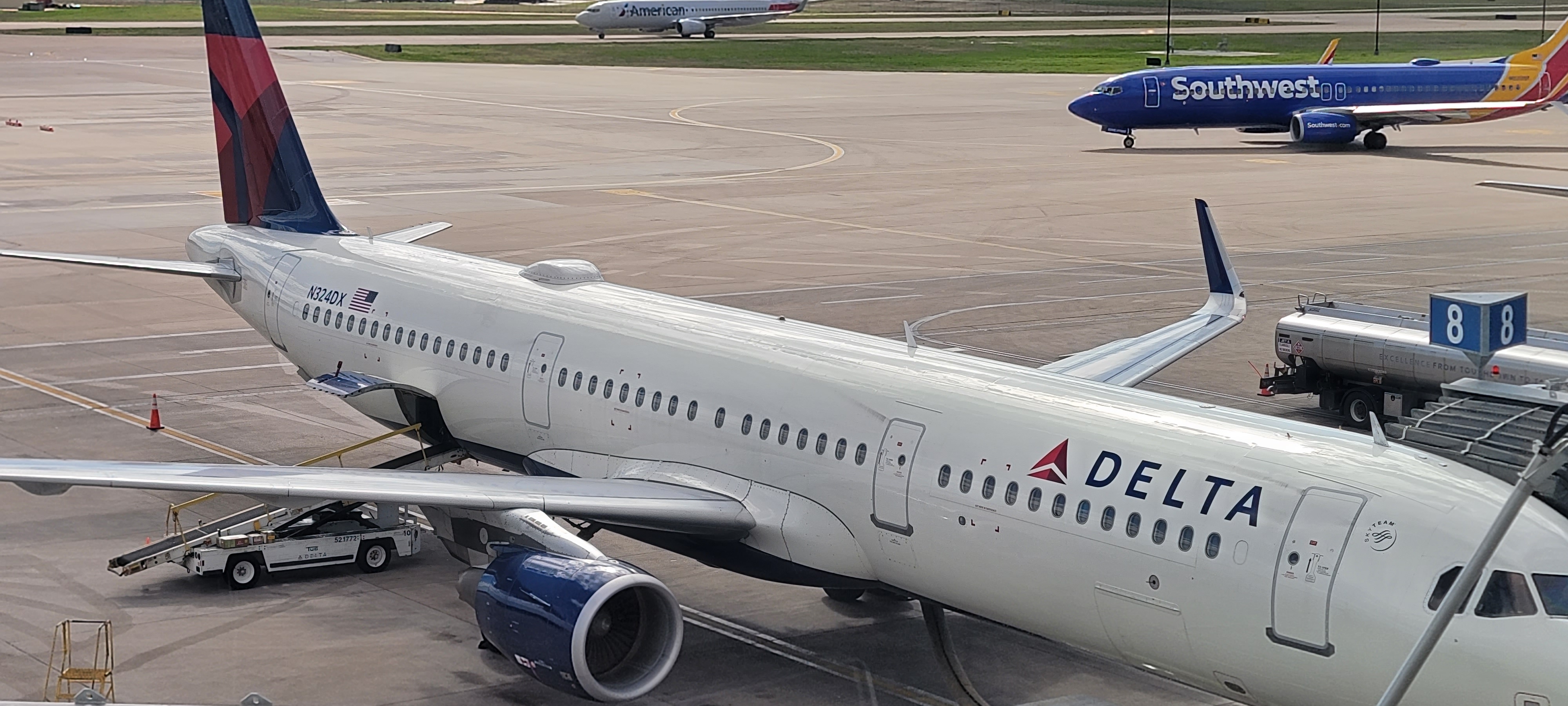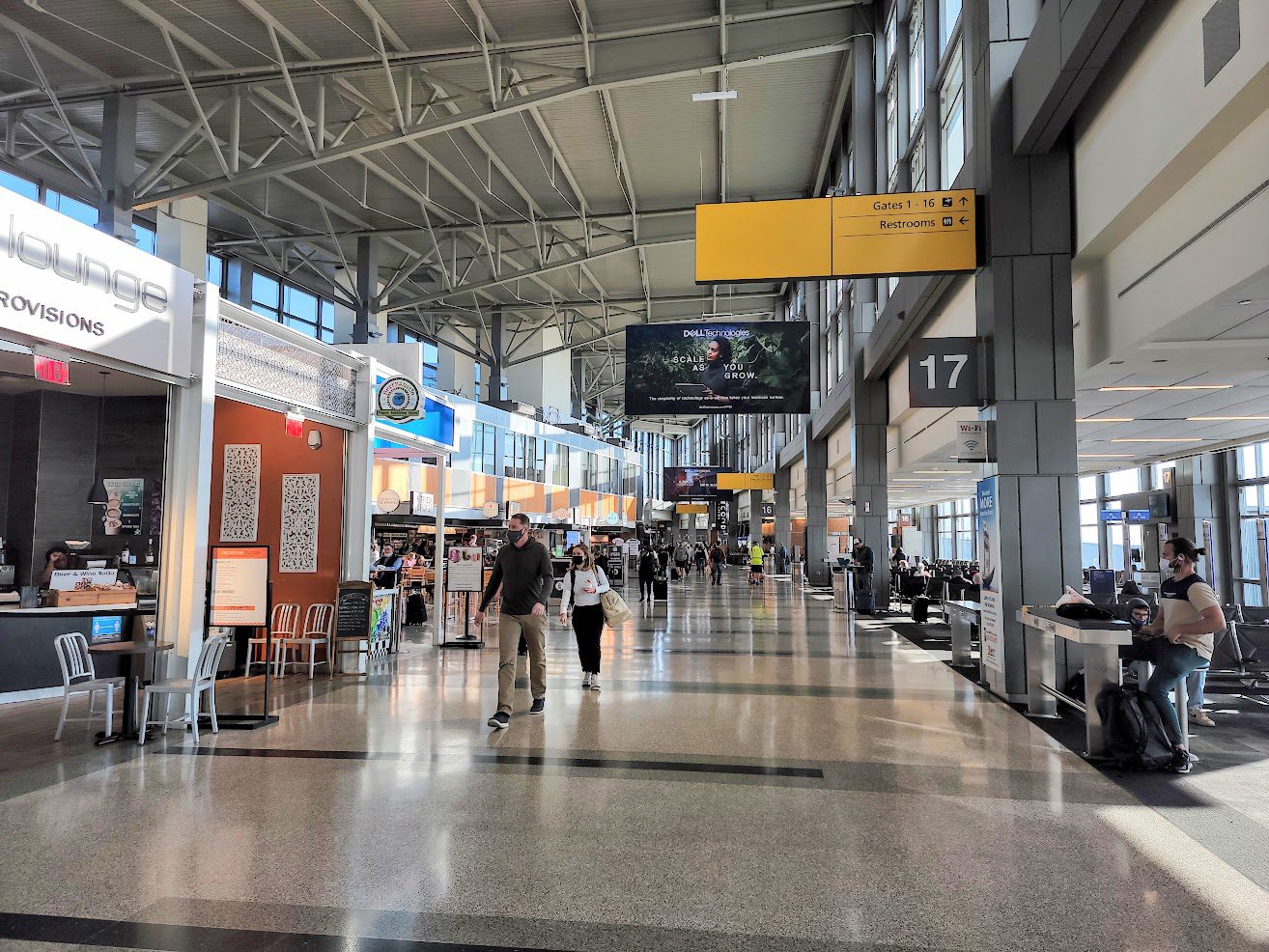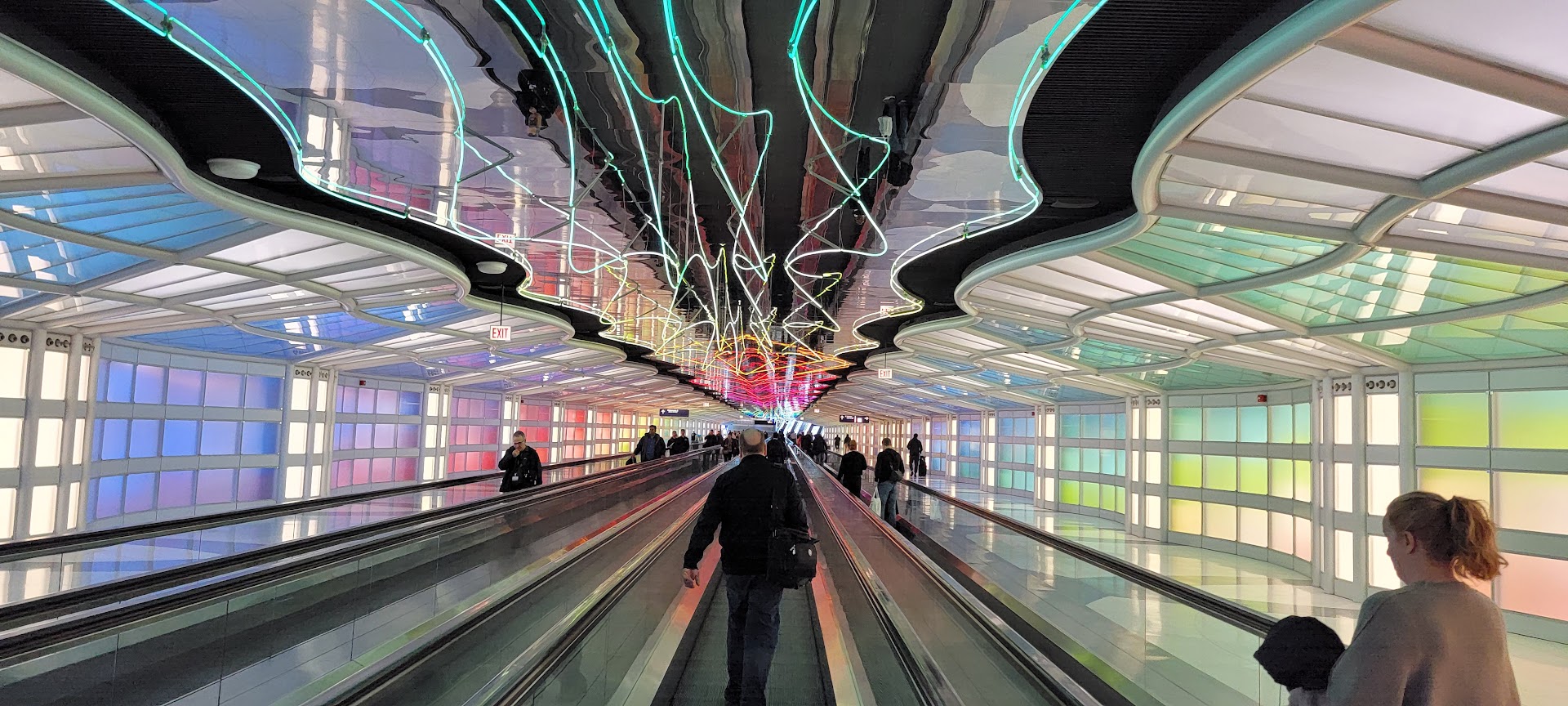If you flew last month, you probably got where you were going – and got there on time. Airline operations improved dramatically in September compared to August. Delta Air Lines flights arrived on-time nearly 88% of the time. Incredibly, United Airlines was right behind them, followed by Southwest and then by American Airlines, according to data from aviation analytics company Cirium.

Globally, Delta was fourth in on-time performance behind Aeromexico, Saudia, and Avianca all of which have consistently performed exceptionally well, month after month. Qatar Airways, another regularly strong on-time performer, came in right behind Delta.

What’s most striking about the U.S. data is how good on-time performance was across the board. While weather will have a major effect in October, it wasn’t nearly so disruptive last month. Even JetBlue was on-time over 80% of the time and cancelled only 4/10ths of one percent of flights.
And it wasn’t just on-time operations. Flight cancellations by U.S. airlines were down by two-thirds month-over-month.
The interesting thing when looking at the most on-time airports is that they’re going to correlate with significant operations by the most on-time airlines. Often it’s a function of where the weather is(n’t). For September, three of the five most on-time global airports were Delta hubs: Minneapolis, Detroit, and Salt Lake City (at 2, 4, and 5 respectively). Unsurprisingly number one was Riyadh and number three Mexico City, considering the most on-time airlines globally for the month.
Continuing the theme of U.S. airline on-time performance, most on-time global airports number 7 through 10 were in the U.S. as well:
- Washington Dulles
- Austin
- LAX
- Philadelphia

Austin Airport Barbara Jordan Terminal
Numbers 12-19 were also in the U.S.:
- Phoenix
- Newark
- Chicago O’Hare
- New York JFK
- Atlanta
- Tampa
- Orlando
- Houston Intercontinental

Chicago O’Hare B-C Tunnel
Much of on-time performance comes down to luck (weather) and infrastructure like air traffic control, but month after month some airlines do better – both because of their geographic concentrations (even if it’s not their doing, where you connect matters) and because of operational efficiency. JetBlue is usually a poor on-time performer, Delta usually does a good job, although there are outliers. Regardless, this month will not be as good as last.


Normally, Frontier, Jet Blue, and Spirit are in the 65 to 70 percent range. Quite surprising.
Actually, statistically AA did the best since they had 30,000 more flights then the other carries, if you were to do an outlier chart.
This is kind of what you would expect with no weather and IT meltdowns. In past decades WN would have been #1 but they now fly to too many overcrowded airports and don’t turn planes as quickly.
Will be interesting to see what Florida does to the stats next month. The airlines took their birds out before the storm, but so many schedules depend on point-to-point.
AA actually did really good if you see that they has so many more flights than any of the others (33,000 more than the 2nd largest operator) and 99.99% of flights were tracked.
DELTA PADS SCHDULES
That’s because there were very few days of thunderstorms in the Northeast in September. Duh. Realize that, annually, roughly half of all flight delays in the US occur in an area that accounts for less than 5% the US’ geography. (The Northeast). ATC’s ability to move traffic through the region completely craters at even the slightest exogenous disturbance.